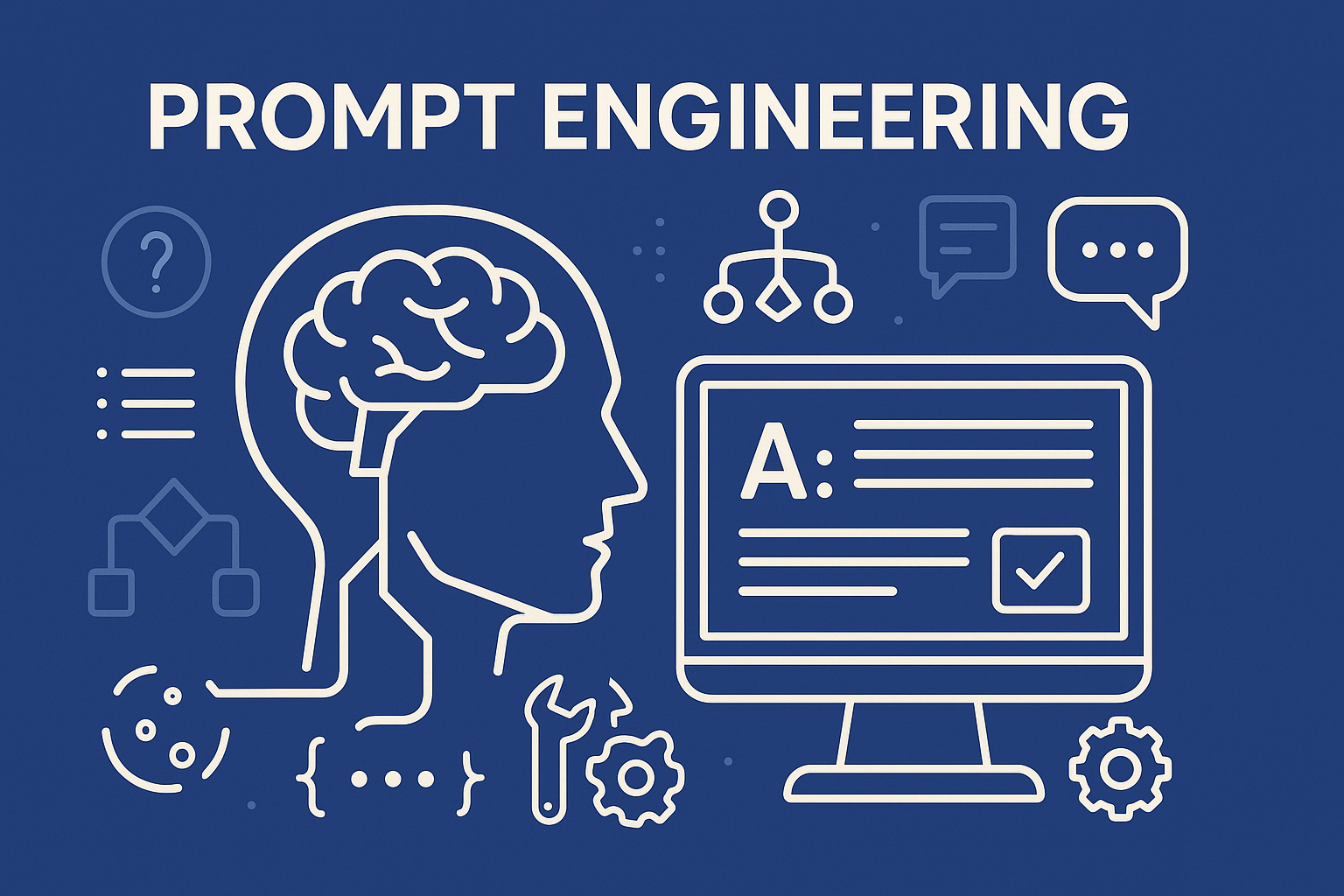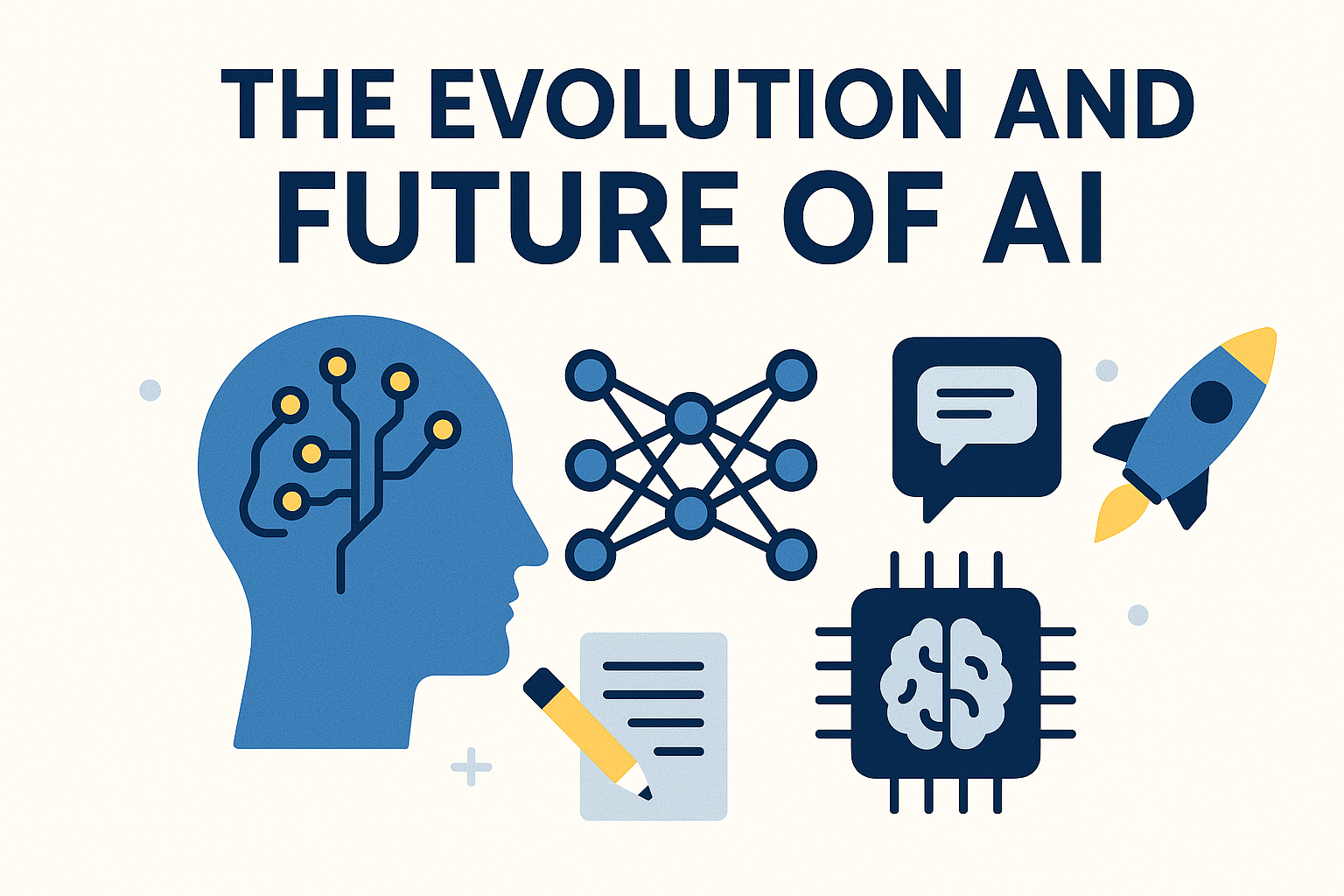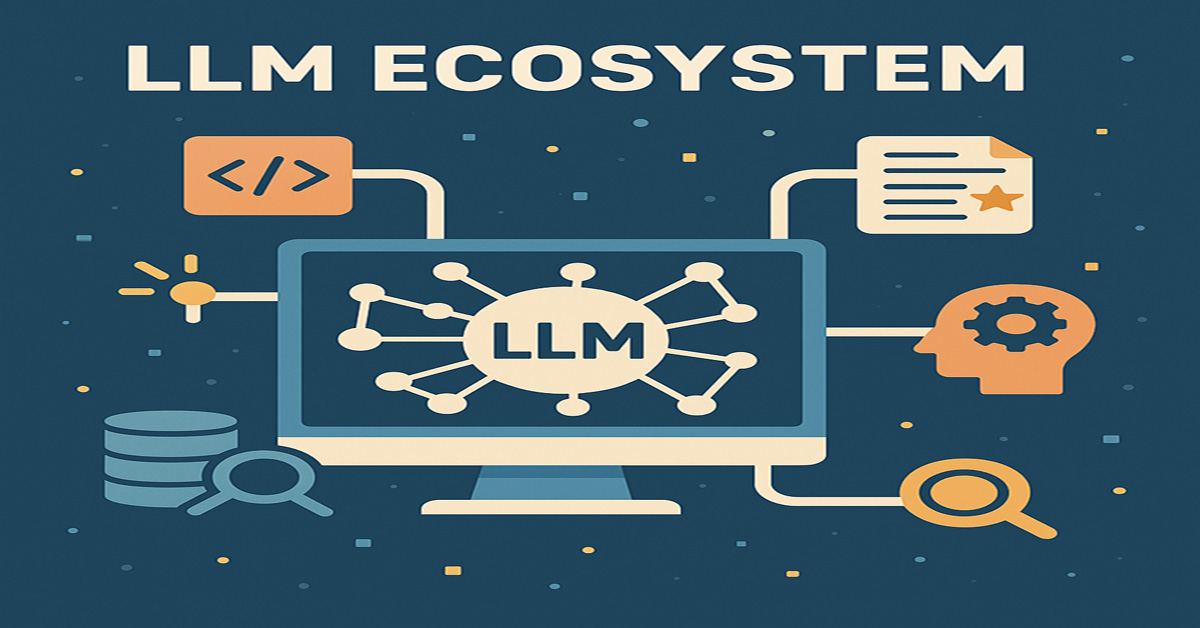Artificial Intelligence (AI) has moved beyond the realm of science fiction—today, it’s shaping industries, enhancing productivity, and creating smarter tools we use every day. Whether you’re a student, a working professional, or just curious about AI, understanding its real-world applications and popular tools can open new doors of opportunity.
In this blog, we’ll explore how AI is being used across major industries like healthcare, finance, education, retail, and manufacturing. We’ll also take a look at powerful tools like ChatGPT, Midjourney, and TensorFlow—what they do and how they’re used.
🏥 1. AI in Healthcare
Use Cases:
- Medical Diagnosis: AI helps doctors identify diseases earlier. Tools like IBM Watson Health analyze medical images to detect cancer or heart issues.
- Virtual Health Assistants: Apps like Ada and Babylon Health give users advice based on symptoms—like a chatbot doctor.
- Drug Discovery: AI speeds up the process of creating new medicines. For example, companies like Insilico Medicine use AI to discover drug candidates in weeks instead of years.
Impact Example:
- During the COVID-19 pandemic, AI tools helped analyze X-rays and CT scans to quickly diagnose patients in overwhelmed hospitals.
💰 2. AI in Finance
Use Cases:
- Fraud Detection: AI monitors transactions in real-time to catch suspicious activity.
- Robo-Advisors: Platforms like Betterment and Wealthfront use AI to help users manage their investments automatically.
- Credit Scoring: AI evaluates your financial behavior more deeply than traditional credit scores.
Impact Example:
- JPMorgan Chase uses AI to review legal documents and contracts. What used to take 360,000 hours annually now takes seconds.
🎓 3. AI in Education
Use Cases:
- Personalized Learning: Tools like Squirrel AI adapt learning paths for students based on their strengths and weaknesses.
- AI Tutors: Khan Academy’s AI-powered tutor (powered by GPT-4) gives students one-on-one help, 24/7.
- Automated Grading: Teachers save time with tools that grade quizzes or even short essays.
Impact Example:
- Duolingo uses AI to customize language lessons. It adjusts questions in real time based on how well you’re doing—just like a human tutor would.
🛍️ 4. AI in Retail
Use Cases:
- Product Recommendations: Amazon, Netflix, and others use AI to suggest products or content based on what you’ve browsed or purchased.
- Inventory Management: AI predicts demand so stores don’t overstock or run out of items.
- Visual Search: Apps like Pinterest Lens let you search for products just by uploading a photo.
Impact Example:
- Walmart uses AI to optimize product placement in stores and manage inventory in real time across thousands of locations.
🏭 5. AI in Manufacturing
Use Cases:
- Predictive Maintenance: Sensors and AI predict when machines will fail so they can be fixed in advance—avoiding costly shutdowns.
- Quality Control: AI-powered cameras check for defects in products during manufacturing.
- Supply Chain Optimization: AI finds the fastest and cheapest ways to move goods around the world.
Impact Example:
- Siemens uses AI-powered digital twins (virtual replicas of machines) to test changes before making real-world adjustments—saving time and money.
🧰 Top AI Tools & Platforms You Should Know
Let’s look at some of the most popular AI tools today and what they do:
| Tool | What It Does | Who Uses It |
|---|---|---|
| ChatGPT | AI chatbot that can answer questions, write content, and assist with coding, learning, and more. | Students, professionals, content creators, developers |
| Midjourney | Generates high-quality images from text prompts. | Artists, marketers, designers |
| TensorFlow | Open-source library for machine learning and deep learning. | Data scientists, ML engineers |
| PyTorch | Another popular ML framework, known for flexibility. | Researchers, developers |
| Google Vertex AI | Cloud platform for building and managing AI models. | Enterprises, startups |
| Runway ML | Creative tool for AI video editing, image generation, and more. | Creators, video editors |
| Hugging Face | Offers thousands of ready-to-use AI models. | NLP developers, researchers |
| DataRobot | Automates building and deploying ML models. | Business analysts, data teams |
🛣️ Getting Started with AI (Even If You’re a Beginner)
If this all sounds exciting but a bit overwhelming, don’t worry! Here’s how you can start:
- Learn the Basics – Start with courses on platforms like Coursera, edX, or YouTube. Focus on Python and basic AI concepts.
- Try Out AI Tools – Use free versions of ChatGPT or Midjourney. Explore Hugging Face’s model hub or play with AI image editors.
- Build Small Projects – Try building a simple chatbot, image classifier, or a recommendation system.
- Stay Updated – Follow AI news and communities on LinkedIn, Reddit, or newsletters like “The Batch” by deeplearning.ai.
- Think Ethically – Learn about AI fairness and bias to build responsible systems.
🌍 Final Thoughts
AI is no longer just for tech giants—it’s for everyone. From teachers and designers to doctors and farmers, AI is making life easier and work smarter. Understanding AI’s use cases and learning how to use the tools can give you a big advantage in your career and daily life.
Whether you want to automate your tasks, build smarter apps, or simply understand how your favorite platforms work behind the scenes, there’s never been a better time to dive into the world of AI.



